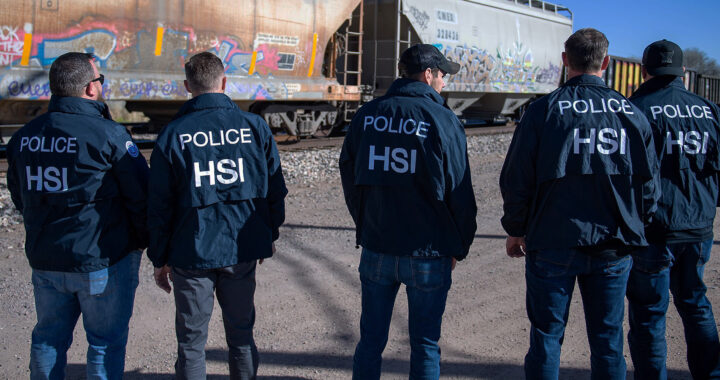The United States Supreme Court has removed a temporary restraining order that limited immigration enforcement in Los Angeles. This marks a significant legal shift. In a 6-3 decision made on 8 September 2025, the Court now permits Immigration and Customs Enforcement to resume stops and arrests in public spaces under broader conditions.
Note that the temporary restraining order, previously issued by District Judge Maame Ewusi Mensah Frimpong of the U.S. District Court for the Central District of California in August 2025, prohibited immigration agents from detaining individuals without probable cause and explicitly barred targeting based on race, language, workplace, or location.
The U.S. Supreme Court lifted this temporary restraining order. This new ruling from the highest court effectively broadened the scope of federal authority, granting immigration officers wider discretion in conducting operations, while simultaneously reinforcing the immigration policy agenda pursued aggressively by the second Trump administration nationwide.
Justice Brett Kavanaugh authored the concurring opinion, stating that while ethnicity alone cannot justify an immigration stop, it may serve as one relevant factor alongside other circumstances. He invoked the Immigration and Nationality Act, which grants officers authority to question individuals believed to be foreign nationals regarding residency status.
Critics warn that such reasoning opens the door for civil rights violations. Justice Sonia Sotomayor issued a sharp dissent, joined by Justices Elena Kagan and Ketanji Brown Jackson, denouncing the ruling as unconstitutional, discriminatory, and damaging to longstanding constitutional protections against arbitrary governmental detention and enforcement practices.
In her dissent, Justice Sotomayor described accounts of Los Angeles residents being violently subdued and handcuffed during raids solely due to appearance or accent. She argued the Court legitimized dangerous practices and employed the emergency docket irresponsibly, subjecting communities to intrusive enforcement tactics that undermine the rule of law.
Following the decision, Immigration and Customs Enforcement rapidly expanded operations across Los Angeles. Raids targeted schools, retail centers, and workplaces. One individual even died during a sweep. Homeland Security officials celebrated the ruling and pledged to intensify enforcement within sanctuary jurisdictions designated by federal authorities.
Similar actions were reported in other areas. Illinois witnessed the initiation of Operation Midway Blitz, aimed at identifying and detaining undocumented individuals. Supporters argued that enhanced enforcement strengthens public safety. Opponents expressed concern that legal residents and citizens are increasingly subjected to unjustified detention.
California Governor Gavin Newsom denounced the Court decision as enabling a parade of racial terror that erodes civil liberties. Immigrant rights organizations noted that minority communities will face a heightened risk of wrongful arrest. The ruling has triggered protests and urgent calls for legislative measures against discriminatory immigration enforcement.
The broader implications of the ruling extend beyond Los Angeles. By legitimizing the use of ethnicity as a factor in immigration stops, the Supreme Court has reshaped the boundaries of enforcement nationwide. The decision strengthens the hardline immigration strategy of the second Trump admin while raising constitutional questions regarding governmental overreach.





